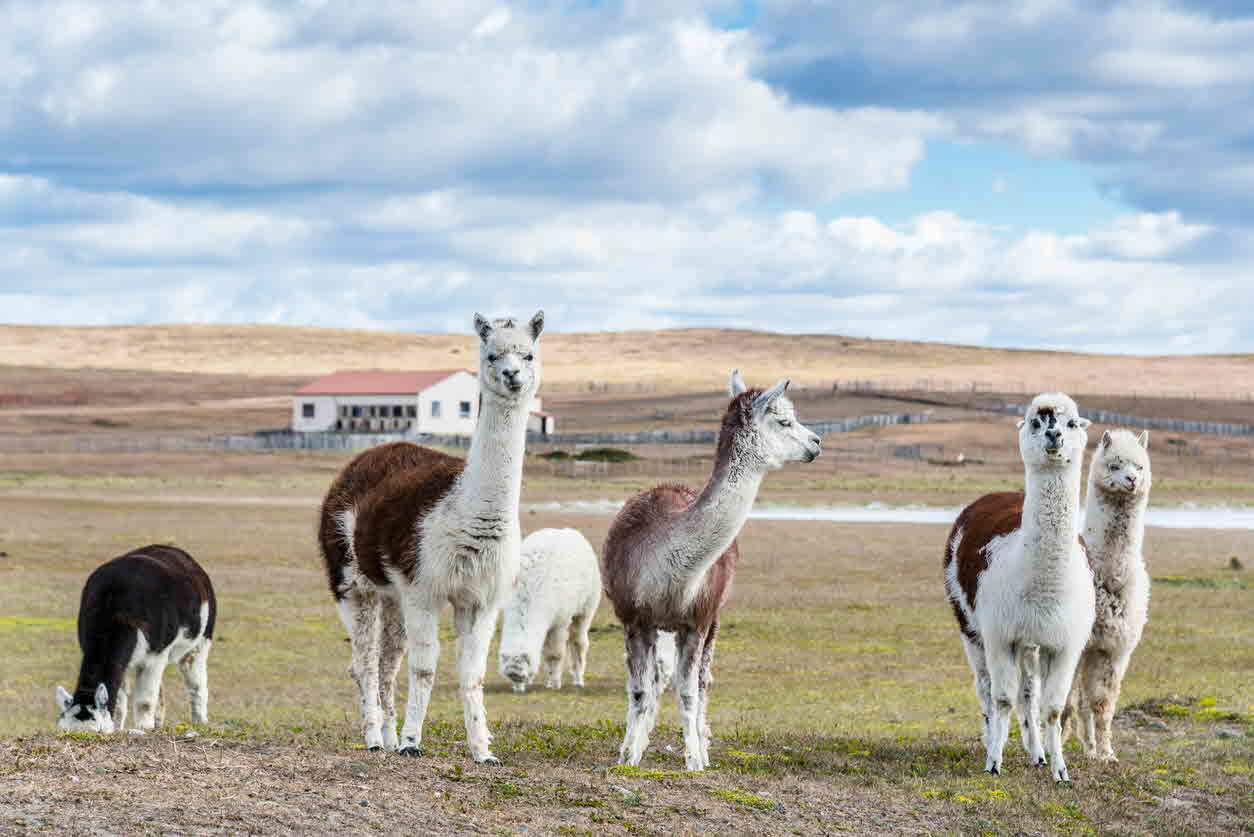Alpaca breeds

The gentle and low-maintenance alpaca is increasingly being farmed in Australia, primarily for its wool. Alpaca fibre is soft to the touch, yet quite strong and comes in a beautiful range of natural colours. Originally from South America, they suit the Australian climate and are especially popular on small-scale farms. On average, an alpaca lives between 15 to 20 years.
There are two major varieties of alpaca.
Huacaya
The huacaya alpaca is the most common breed found in South America and Australia. It has a soft, fluffy bonnet of fibre on its forehead – like a teddy bear – while its dense body fibre grows directly outwards. Fleece coverage is generally even and extends down the legs. Huacaya alpacas are generally the hardier breed of the two main varieties.
Suri
Suri alpacas are less common in Australia. The suri is covered in long, pencil-fine locks that look a little like dreadlocks. The fleece feels more slippery and silky than that of the huacaya. Many people spin their fleece with other fibres such as silk, as the slippery fleece can be difficult to handle. Suri alpacas are more expensive, which is reflected in the value of their fleece.
Farming alpacas
Alpacas have been in Australia since 1989, and the alpaca farming community in Australia is a close one. There are a number of groups that provide information and support to farmers. The Australian Alpaca Association has a comprehensive website that provides information on farming alpacas, and services more than 2000 alpaca farmers.
Alpacas are generally shorn once a year, usually in spring. Specialist shearers are usually contracted for the job, although sheep shearers sometimes can shear alpacas as well. Depending on the density of the fleece, alpacas cut anywhere between 0.5 and 4 kg of fleece. High-quality stud males will cut higher weights.
It’s important to note that if farmers are running alpacas with other livestock, particularly ruminants (such as cattle, goats or sheep), the animals may pick up internal parasites from the other livestock. Producers should liaise with their veterinarian about suitable anti-parasitic products specific to the situation and type of parasite encountered.
